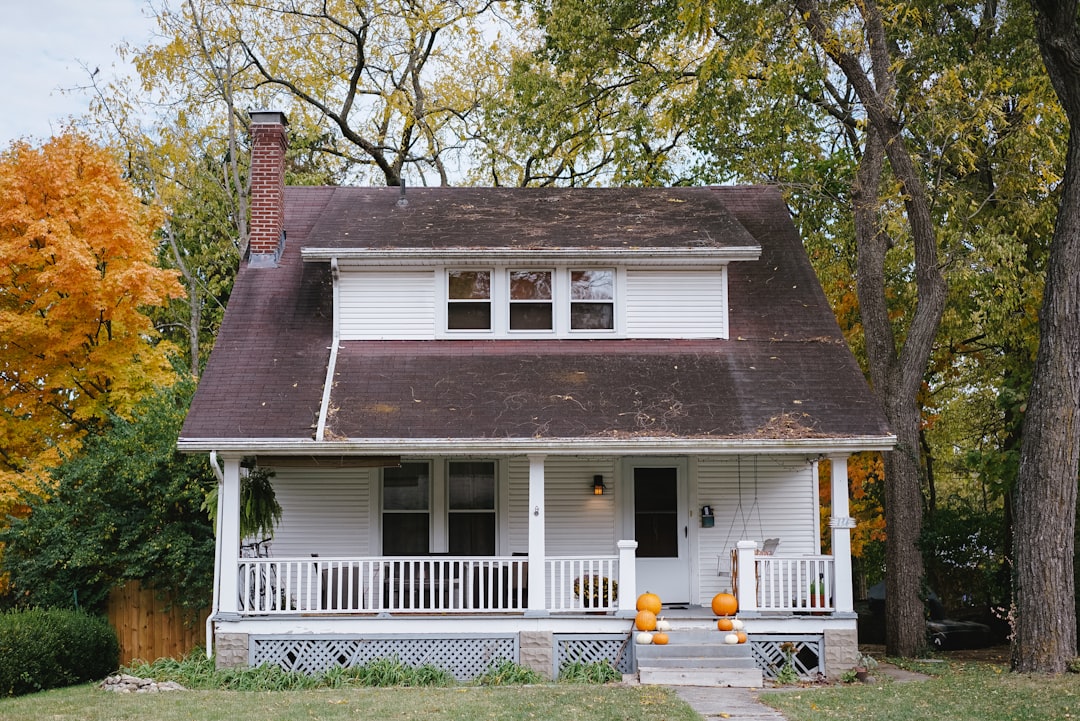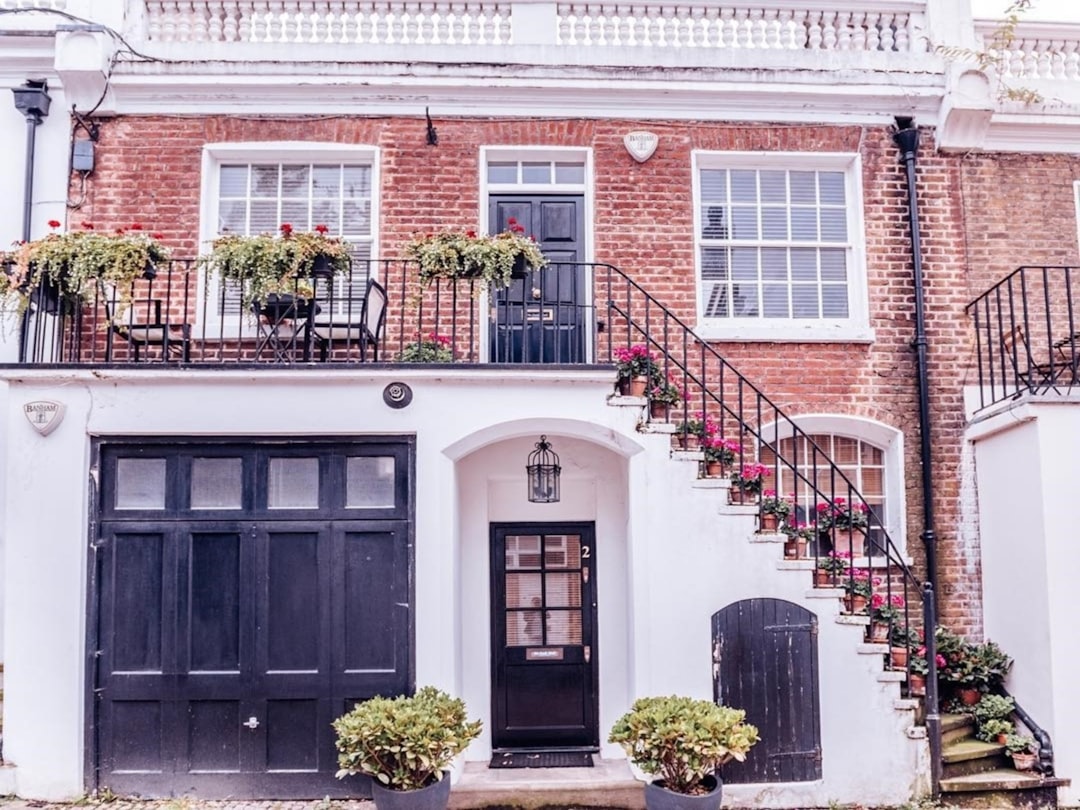Restoring heritage homes requires a delicate balance between preserving historical integrity and upgrading for modern living. The process involves understanding original construction methods and materials, adhering to historical preservation standards, and utilizing authentic materials to ensure seamless integration of updates. Collaboration with local heritage authorities, architects, and contractors is key, as they bring expertise in navigating the intricate regulations that safeguard these homes' cultural significance. The use of sustainable materials and modern restoration techniques, including non-invasive methods and cutting-edge preservation technologies, is essential for revitalizing these structures while maintaining their historical character. Heritage home restoration also involves compliance with local historic preservation laws, which dictate allowable renovations to protect architectural authenticity. Financial aid in the form of grants from organizations like the National Trust for Historic Preservation can assist with the costs, making it possible to preserve these homes as valuable cultural assets and tangible pieces of history for future generations.
Heritage homes stand as testaments to history, embodying architectural excellence and cultural legacy. This article delves into the intricacies of preserving these treasures through restoration, offering a comprehensive guide tailored for enthusiasts and professionals alike. From assessing and planning the restoration process to employing sustainable materials and methods, we explore how to honor the past while ensuring the longevity of these significant structures. Additionally, navigating legal frameworks and securing grants becomes easier with our insights. Join us as we chart a path for the preservation of heritage homes, ensuring their stories continue to be told for generations to come.
- Preserving the Past: A Guide to Restoring Heritage Homes
- Assessing and Planning the Restoration of Historical Homes
- Sustainable Materials and Methods for Heritage Home Renovation
- Navigating Legal Considerations and Grants for Restoring Architecturally Significant Properties
Preserving the Past: A Guide to Restoring Heritage Homes

Restoring heritage homes is a meticulous process that demands a delicate balance between preserving historical integrity and meeting contemporary living standards. These structures, often steeped in history and architectural significance, serve as physical time capsules, offering insight into past eras and the craftsmanship of bygone times. A key aspect of this endeavor is understanding the original materials and techniques used during their construction, ensuring that any repairs or alterations complement rather than detract from the home’s authentic character. This guide emphasizes the importance of adhering to historical preservation standards while thoughtfully integrating modern conveniences and safety features. It underscores the necessity for collaboration with local heritage bodies, architects specializing in historic preservation, and experienced contractors who can navigate the complexities inherent in these restorations. By doing so, homeowners not only protect a piece of history but also contribute to the cultural richness of their community, ensuring that these treasures remain standing for future generations to appreciate and learn from.
Navigating the restoration process of heritage homes involves a series of decisions that affect both the structural integrity and the historical value of the property. It is imperative to conduct thorough research and documentation of the home’s original features, materials, and design elements before any work commences. This includes assessing the condition of existing architectural details, such as woodwork, stained glass, or period-specific fixtures. The guide also highlights the significance of employing restoration techniques that reflect the original craftsmanship, rather than those that might lead to the dilution of its historical character. Additionally, it provides guidance on the use of compatible materials and the importance of maintaining a record of all changes made during the restoration process. This not only ensures compliance with heritage preservation regulations but also fosters a deeper appreciation for the home’s storied past.
Assessing and Planning the Restoration of Historical Homes

When embarking on the restoration of heritage homes, it is imperative to conduct a thorough assessment of the property’s condition, historical context, and architectural integrity. This process begins with a detailed examination of the structure by professionals who specialize in historic preservation. They assess structural stability, materials, design elements, and original craftsmanship to understand the home’s unique characteristics and the extent of necessary interventions. This step is crucial for ensuring that any restoration work is true to the home’s historical nature and maintains its architectural significance.
Following the initial assessment, a comprehensive plan is developed to guide the restoration process. This plan includes setting clear objectives, defining the scope of work, and determining the resources required. It is essential to align the project with established preservation standards and guidelines that govern heritage homes. The plan also involves selecting appropriate materials and techniques that complement the home’s original construction methods and aesthetic. Throughout this phase, stakeholders, including local historical societies and authorities, are consulted to ensure compliance with regulations and to honor the home’s place in the community’s historical tapestry. This meticulous approach not only preserves the architectural heritage but also ensures that these homes can stand the test of time, remaining a living testament to the history they represent for generations to come.
Sustainable Materials and Methods for Heritage Home Renovation

In the realm of preserving and restoring heritage homes, the use of sustainable materials and innovative methods is paramount to maintain the integrity of historical structures while ensuring their longevity. Contractors and architects specializing in heritage home renovation are increasingly turning to environmentally friendly construction practices that align with the ethos of conservation. Sourcing materials like reclaimed wood, recycled metals, and energy-efficient insulation not only reduces the ecological footprint but also resonates with the sustainable values often embodied within the original design. These materials are carefully selected to match the aesthetic and quality of the existing elements, ensuring a seamless integration that honors the home’s historical character.
Moreover, the application of modern methods without compromising the architectural significance of the property is a delicate balance. Techniques such as minimally invasive restoration, thermal imaging for moisture detection, and advanced preservation technologies are employed to address issues like decay and deterioration. These methods are designed to stabilize and protect the structure while retaining its historical fabric. By combining traditional craftsmanship with contemporary precision, renovators can breathe new life into these treasures of our built heritage, ensuring they stand for future generations to appreciate and enjoy.
Navigating Legal Considerations and Grants for Restoring Architecturally Significant Properties

When embarking on the restoration of heritage homes or historically significant properties, one must first navigate a complex web of legal considerations. These structures often fall under preservation ordinances that dictate the types of repairs and renovations permissible to maintain their architectural integrity. Homeowners and restorers must engage with local historic preservation offices to understand the scope of allowable work, which may include adherence to specific building codes or materials that align with the property’s historical context. This process ensures that these homes retain their historical character and contribute to the cultural heritage of the community.
To assist in the restoration endeavor, various grants and financial aid programs are available for heritage homes. These initiatives are designed to support the preservation of architectural significance by offsetting costs associated with materials, expert consultations, or specialized labor. Organizations such as the National Trust for Historic Preservation or state historical societies often offer funding opportunities, along with federal and local government grants. Prospective restorers should research these programs thoroughly, as they can be instrumental in transforming a project from aspiration to reality. Grants for historically significant properties not only aid in their preservation but also foster a sense of continuity with the past, ensuring these homes remain standing and beautiful for generations to come.
In conclusion, the restoration of heritage homes serves as a tangible link to our past, preserving architectural significance and historical narratives for future generations. The process is multifaceted, requiring careful assessment, strategic planning, and a commitment to sustainable practices that respect the integrity of these treasures. By understanding the legal frameworks and exploring available grants, enthusiasts and professionals alike can ensure the continued vitality of these structures. Embracing the principles outlined in “Preserving the Past: A Guide to Restoring Heritage Homes,” stakeholders can undertake such endeavors with confidence, maintaining the essence of historical homes while honoring their legacy for posterity.
